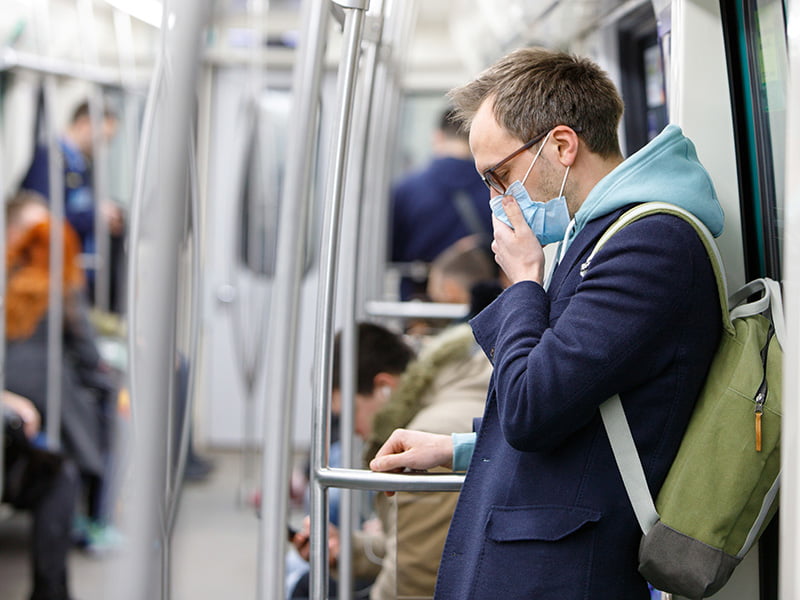The rapid expansion in the use of telehealth due to the COVID-19 pandemic could transform healthcare in Australia in the longer-term, and many of the recent policy changes should be made permanent, Australasian Institute of Digital Health chief executive Dr Louise Schaper said.
Last week the federal government announced a $669 million cash injection for Medicare-subsidised telehealth services to cover all potential medical appointments, rather than just those relating to someone in quarantine for COVID-19.
The package aims to encourage GPs and other health services to utilise telephone or video conferencing to conduct appointments, avoiding the risk of spreading the COVID-19 virus. The government also doubled the bulk billing incentive for GPs and introduced incentive payments to encourage uptake of the scheme.

These changes will be initially in place until the end of September, when they will be reviewed by the government. There will likely be a sustained campaign for many of them, including the bulk billed telehealth sessions, to be made permanent.
“What I’m hoping will happen is it will become politically unpopular to wind those back. So many consumers who have never really thought that this was an option will now be able to have virtual care,” Dr Schaper told InnovationAus.
“There are a whole bunch of reasons why telehealth should stay, and there’s an option for the government to keep those items in place.”
Joe Antony, the chief executive at telehealth startup CollabCare, said the “genie is out of the bottle” now in terms of telehealth.
“All these benefits we’ve been seeing in those subsections of the Australian population are now coming out to the masses. I don’t think it’ll go back,” Mr Antony told InnovationAus.
“There’s still a bit of a crest that needs to be overcome in terms of adoption, but those who have been onto it for a couple of weeks are already seeing the benefits. I don’t think there’s any going back.”
But in the post-coronavirus world, telehealth won’t replace existing healthcare services, but rather work in tandem with them to provide the best results for patients, Mr Antony said.
“Right now, it’s being used as a replacement for services – I don’t foresee or recommend that to be the future. It should be a supplement to existing services. Technology is great but it’s not going to fix the world’s ills, especially in healthcare,” he said.
This has seen a rapid scramble to prepare the healthcare sector for telehealth and get systems up and running as soon as possible.
To assist with this, the government has announced that GP clinics will be given a free NBN upgrade to cope with handling multiple telehealth sessions at the same time. GP clinics will be boosted to 50Mbps download and 20Mbps upload connections for free for the next six months.
For those who have been involved with telehealth in Australia for several years, the rapid expansion has been an overnight success that was decades in the making.
“It’s pretty impressive what is happening – we’ve had the capabilities to do telehealth for a very long time but have never done it on any sort of scale in the Australian healthcare sector,” Dr Schaper said.
“Now we’ve seen the entire healthcare sector being able to pivot completely in how it delivers healthcare. To see an entire sector adapt to that change and to do so at a massive scale so quickly is definitely something to be lauded.”
Telehealth startups have seen explosions in user growth, and organisations like the AIDH have been working with clinicians and the general population to get everyone comfortable with the technology.
CollabCare offers a telehealth platform for medical practitioners called TeleConsult. It was previously only for use at an enterprise level by hospitals, for example, but has now been released for general use as Australia rushes to embrace telehealth across the population.
On the telehealth platform, practitioners can access patient files and a secure document exchange with encrypted storage. There is also a virtual waiting room to ensure things running as smoothly as possible. The TeleConsult software can also be integrated with the likes of Zoom, Teams and Google Meet.
Use of TeleConsult has increased by more than 100 times since the outbreak of COVID-19 and rushed adoption of telehealth in Australia. The company is working on a franchise model and looking to partner more widely to get its product out there and in use as much as possible.
“We’re coping, but just by the skin of our teeth. We’ve been on this journey for over 10 years, and right now we’re scrambling to get as many people available with proper telehealth services as possible,” Mr Antony said.
“Right now it’s about speed. While the platform is fairly unique in its robustness, it manages workflow structures and is highly secure. What we immediately saw was people weren’t necessarily looking for the long-term right solution, they were looking for the solution right now,” he said.
“We’ve been reconfiguring the platform to make it very simple for adoption – that’s what people want right now.”
Do you know more? Contact James Riley via Email.

